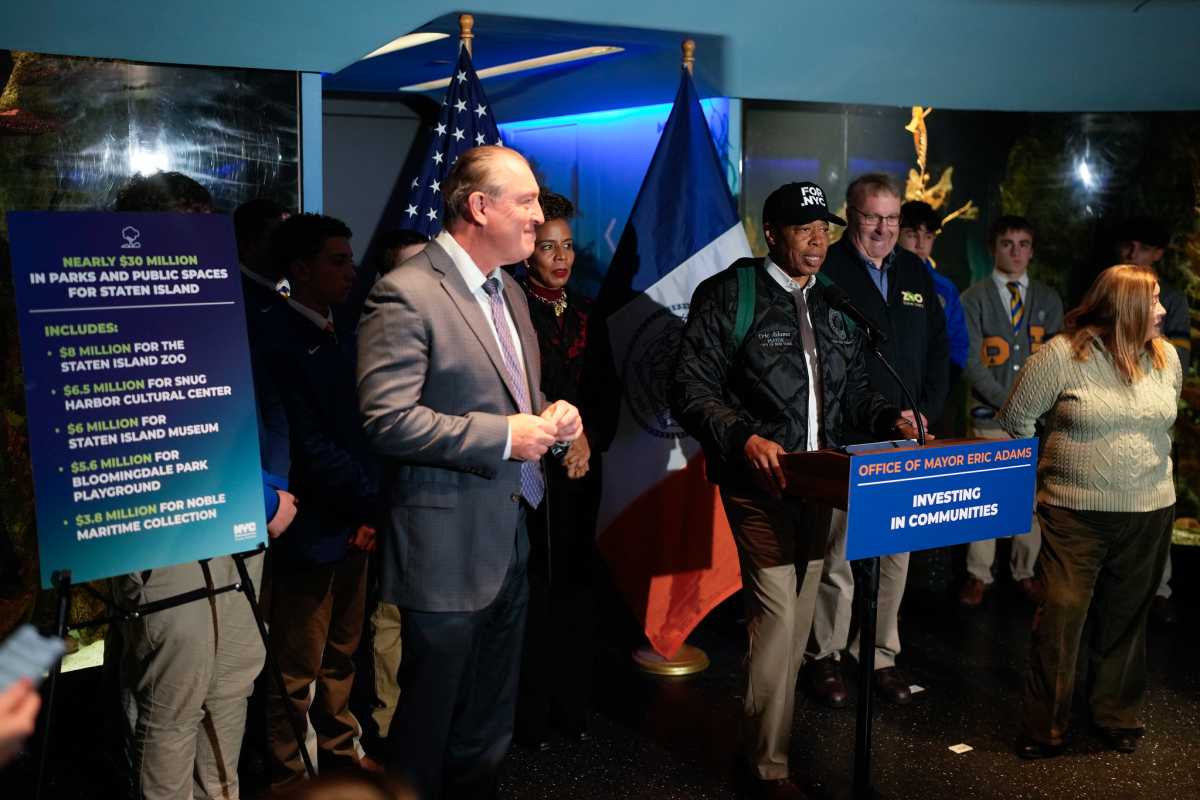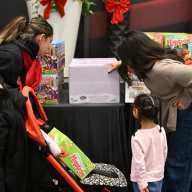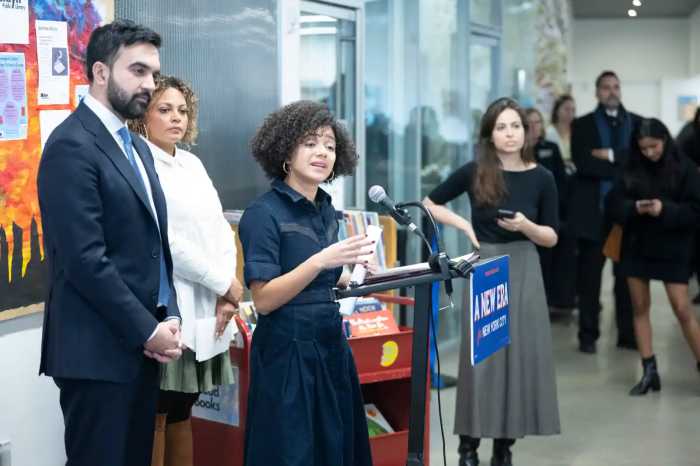Schools in Queens opened last week to a mixed bag of news, depending on just where in the borough the students started classes.
For the 2014-2015 academic year, the Department of Education calculated Queens had a shortage of 22,400 seats—equal to the population of a small American city. The registration numbers have not been finalized for the current year, but the borough is clearly in dire need of more space.
School District 25, which covers Flushing, Whitestone and College Point, was operating at 122 percent of capacity last year. District 26, the highest performing in the city, was at 120 percent of capacity for students from Bayside, Little Neck and Douglaston.
In the city as a whole schools are running at 96 percent of capacity, but Queens has a chronic problem with overcrowding, which has placed trailers in school yards, eliminated art and music classes in the scramble for space and forced some institutions to stagger lunch hours.
In the past year 2,000 pre-K seats were added in Queens, but the borough’s high schools continue to be the victims of the worst overcrowding. Last year Forest Hills High School had the dubious distinction of being the most crowded public school in the city followed by Francis Lewis High School in fifth place.
There were some bright spots, however.
Word filtered down that Sunnyside will be the site of a new middle school in District 30, where parents began advocating a year ago for more seats in the rapidly growing neighborhood.
The Success Academy opened two new schools this fall—one in Far Rockaway and another in South Jamaica—and demand was high for the charter’s four locations in the borough.
Queens students in grades 3-8 aced the state’s English language arts and math exams taken in April. On the English exam many Queens school districts had proficiency increases of 10 percent or better across demographic and geographical lines. Math scores were up slightly.
Schools Chancellor Carmen Fariña said the number of students with the lowest scores dropped substantially, particularly black and Hispanic students.
The recalibrated exams, which set off an opt-out movement across the state by parents who opposed having their children take the tests, were a boon to Queens students.
Only 3 percent of city students skipped the exam, while 21 percent of state students opted out in the protest against the Common Core standards.
Kudos to Queens teachers and students, who earn high marks for prevailing despite often difficult odds.




































